1878-1904 1921 Morgan Dollar Melt Value
Determining the current price of silver coins is a straightforward process once you know the silver content of the coin and the current market price, often referred to as the silver spot price.
US Mint Silver Coin Melt Values
| Description | Face Value | ASW | Melt Value | Per $1 Face | Per Bankroll | |
|---|---|---|---|---|---|---|
| Morgan Dollar | 1878-1904 & 1921 Morgan Dollar | $1.00 | 0.77345051 | $55.41 | $55.41 | $554.10 |
1878–1904 & 1921 Morgan Silver Dollar: Melt Value, Key Dates & Collector Insights
The Morgan Silver Dollar is one of the most iconic and sought-after U.S. silver coins, known for its historical significance, stunning design, and investment potential. Minted from 1878 to 1904 and again in 1921, this classic silver dollar is prized by coin collectors and silver investors alike for both its numismatic appeal and intrinsic silver content.
Whether you're calculating melt value, evaluating condition, or researching key dates, this guide provides expert insight to help you make informed decisions about buying or selling Morgan Dollars.
Quick Facts About the Morgan Silver Dollar
| Specification | Details |
|---|---|
| Designer | George T. Morgan |
| Minted Years | 1878–1904 & 1921 |
| Silver Content | 90% silver, 10% copper |
| Actual Silver Weight (ASW) | 0.7734 troy ounces |
| Weight | 26.73 grams |
| Diameter | 38.1 mm |
| Edge | Reeded |
| Face Value | $1.00 |
| Melt Value | 0.7734 × Spot Price of Silver |
Design Overview
- Obverse: Features Lady Liberty wearing a Phrygian cap adorned with "LIBERTY," surrounded by 13 stars.
- Reverse: A majestic bald eagle with wings spread, clutching arrows and an olive branch, with the inscription "ONE DOLLAR" below.
Where Were Morgan Dollars Minted?
The mint mark is found on the reverse of the coin, just above the "D" in "DOLLAR." Mint marks include:
- Philadelphia (no mint mark)
- New Orleans ("O")
- Carson City ("CC") – Highly collectible due to low mintages
- San Francisco ("S")
- Denver ("D") – Only issued in 1921
Each mint's production volume and historical context influence collector demand and pricing.
Understanding Morgan Dollar Melt Value
Each Morgan Dollar contains 0.7734 troy ounces of pure silver. This allows investors to calculate its intrinsic melt value based on the live spot price of silver:
Silver Melt Value = 0.7734 × Current Silver Spot Price
A full roll (20 coins) has a total melt value of 15.468 troy ounces.
Keep in mind that many Morgan Dollars carry value far above their melt value, depending on rarity, demand, and condition.
Key Dates and Rare Morgan Dollars to Know
Certain Morgan Dollars stand out due to limited mintage or collector demand. These key dates can command significant premiums:
| Key Date | Notable Details |
|---|---|
| 1893-S | Lowest mintage (100,000); most valuable business strike Morgan |
| 1889-CC | Scarce Carson City issue; highly collectible |
| 1895 (Proof Only) | No business strikes; extremely rare |
| 1881-CC, 1880-CC, 1890-CC | Popular Carson City coins, especially in higher grades |
Modern Reissues: 2021 Morgan Dollar Centennial
In 2021, to celebrate the 100th anniversary of the final Morgan Dollar, the U.S. Mint issued modern commemorative Morgan Dollars. While these do not contain 90% silver like the originals, they remain popular with collectors. They are part of the extended Morgan Dollar legacy.
Investment Potential of Morgan Silver Dollars
Morgan Dollars offer a unique balance between bullion value and numismatic upside:
- Silver Content: With 0.7734 oz of silver, every coin has tangible, inflation-resistant value.
- Collector Premiums: Common-date coins trade near melt, but rare dates command high premiums.
- Historical Significance: Designed post–Civil War during America's industrial expansion and western development.
- Long-Term Value: Proven performance in auctions and stable collector interest support long-term appreciation.
For investors looking to combine physical silver ownership with historical value, Morgan Dollars remain one of the best 90% silver coin investments available.
Final Thoughts
The 1878–1904 & 1921 Morgan Silver Dollars stand as a cornerstone of American coinage. With their timeless design, substantial silver content, and lasting collector interest, they represent a sound investment and an iconic piece of U.S. history.
Whether you're focused on silver melt value or hunting for key-date rarities, Morgan Dollars offer an opportunity to diversify your precious metals portfolio with a tangible, collectible asset.
Always consult with a qualified numismatist or precious metals dealer when purchasing high-value coins. For up-to-date pricing and real-time melt value calculations, explore our silver coin value tools.

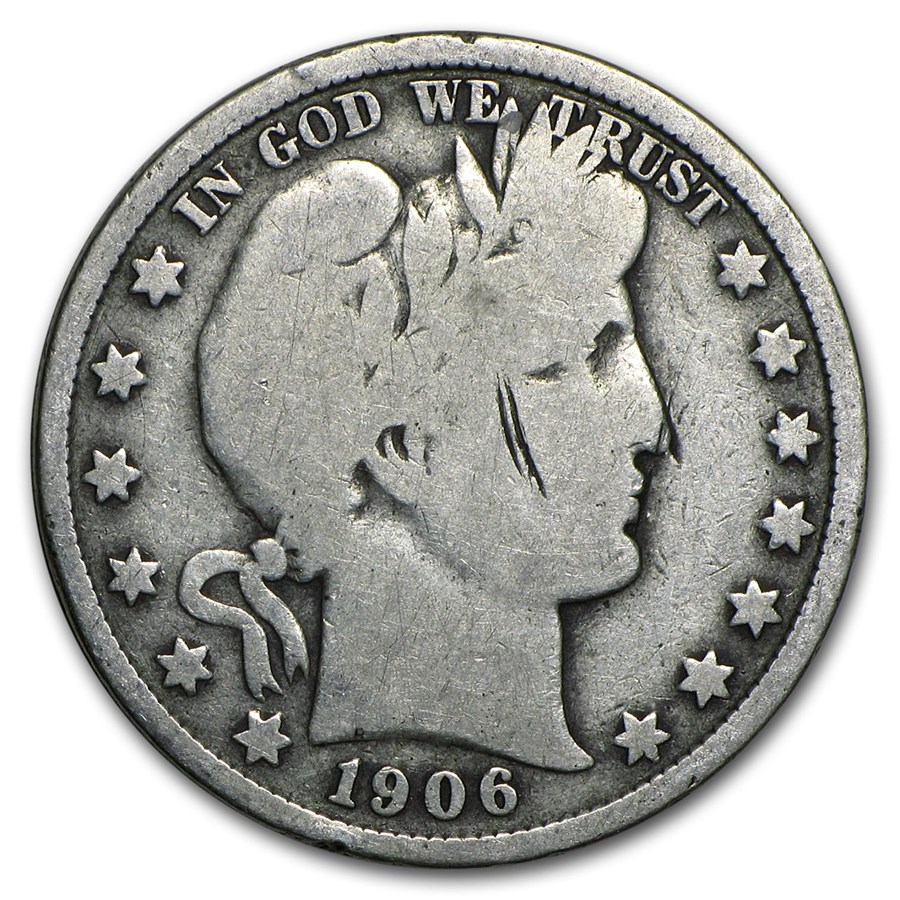
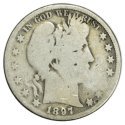
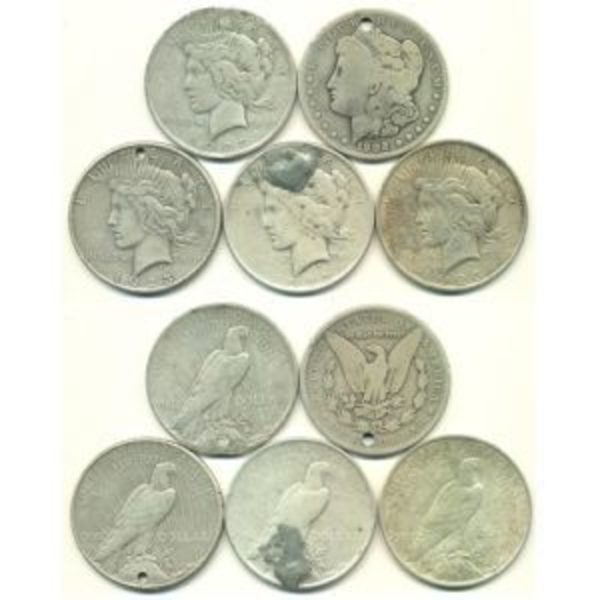

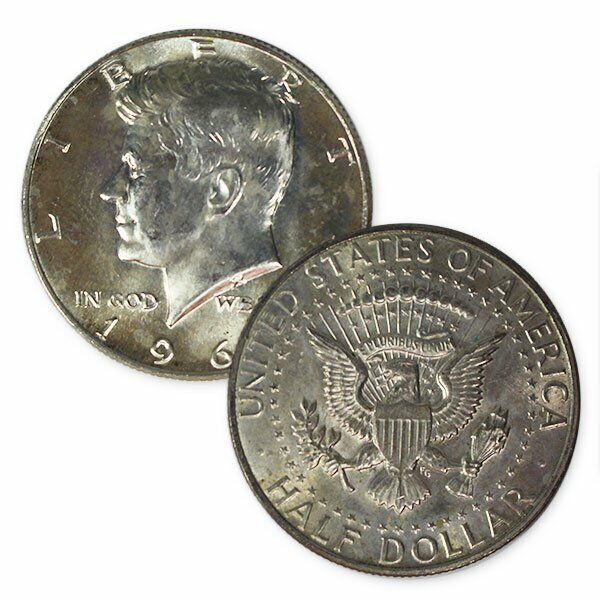
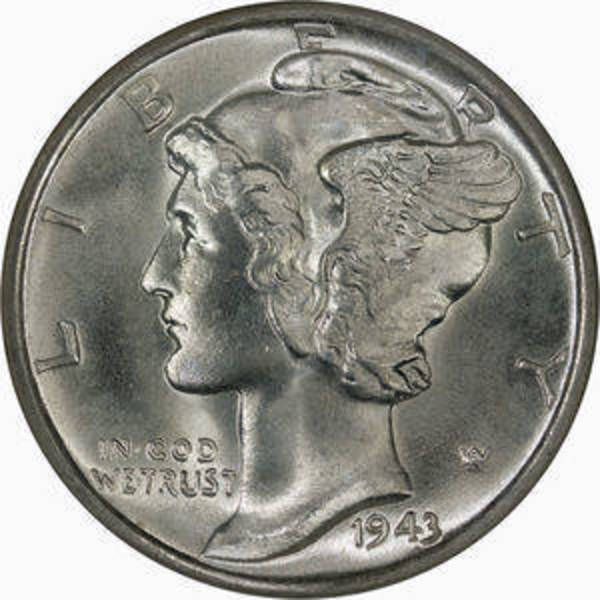
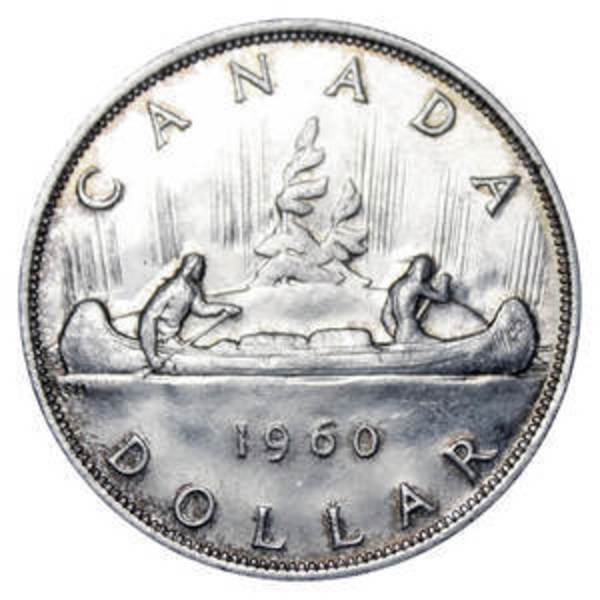
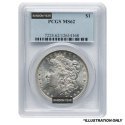
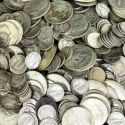
.jpg)